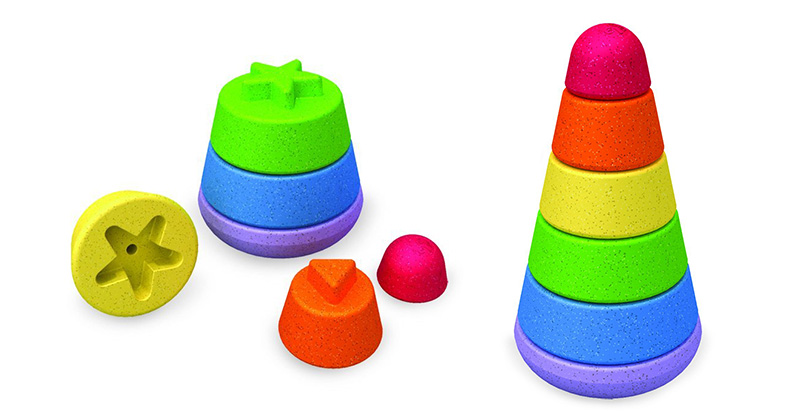Achieving the right look with wood-plastic composites
Wood and plastic each bring their own strengths to a composite material. Plastic enhances the strength and durability of the wood, and wood lends a look and feel to plastic that had always been lacking in older formulations. For example, in decking made from wood-plastic composites, the circumstances call for a tough material that can withstand assault from the elements. Simultaneously, there is an undeniable draw to the warmth and timelessness of wood.

Decking, however, only scratches the surface when it comes to uses for wood-plastic composites. Applications are limited only by the imaginations of the resourceful startups bringing new products to market. Since the look and feel of wood-plastic composites can be made to replicate a wide range of effects, these materials are suitable for all types of imagined outcomes.
By experimenting with the type and ratio of plastics blended with wood, different visual and tactile effects can be achieved. Different formulations are capable of yielding a variety of colors, more fibrous or smoother textures, more flexibility or more rigidity for a customized wood-plastic composite aesthetic. Final products are capable of matching the aesthetic quality of balsa wood, recreating the texture of a dog bone or enhancing the smoothness of a child’s toy, without radically altering the production process.
Customized wood-plastic composite aesthetic qualities are achieved through variations in the type of wood fiber and particle size, as well as the type of recycled, reclaimed or virgin plastic used. Every product made of a wood-plastic composite has the potential to be unique. Modifications of the input materials are capable of producing a range of effects. The process can be adapted to achieve the specific aesthetic qualities demanded by the product. And because we put a premium on the uniformity of our pellet sizes, you can count on continuity when it comes to the look of the final product.
An automotive manufacturer might seek to reproduce the warm, classic feel of wood in a car interior with a formulation that is both smooth to the touch and durable enough to maintain a premium brand image. A furniture manufacturer might recreate the classic craftsmanship of wood furniture, but do so in a sustainable fashion. Wood-plastic composites are ideally suited to serve a wide range of end goals particular to each manufacturer.
Part of the promise of wood-plastic composites is the ability to modify the look, feel and durability of the final product to meet a designer’s needs. But the benefits of these materials aren’t limited purely to their adaptability. For the complete guide to wood-plastic composites, download the guide through the link below.

Working with wood-plastic composites
Why plastics manufacturers have nothing to fear by switching to a wood-plastic composite alternative material


